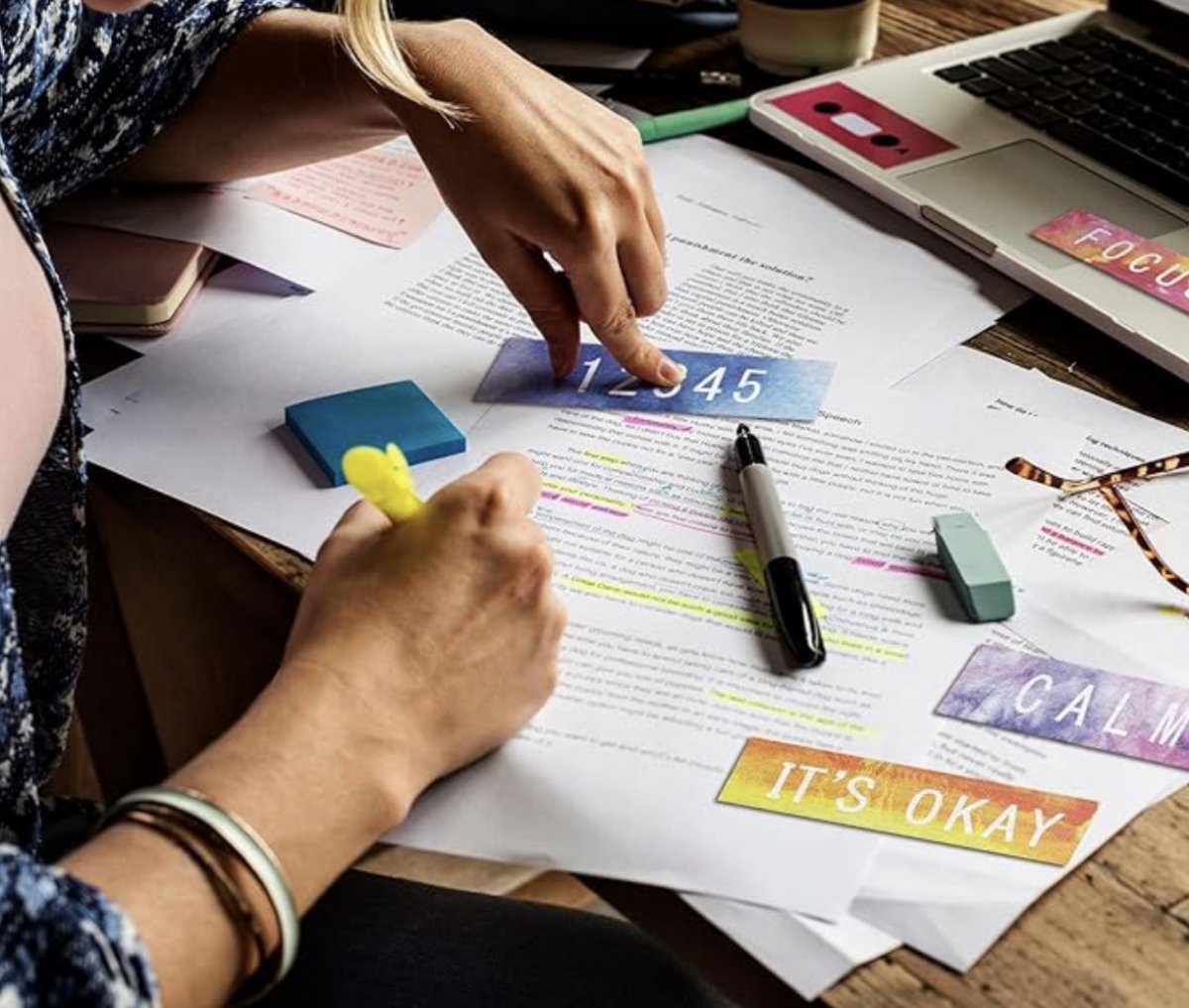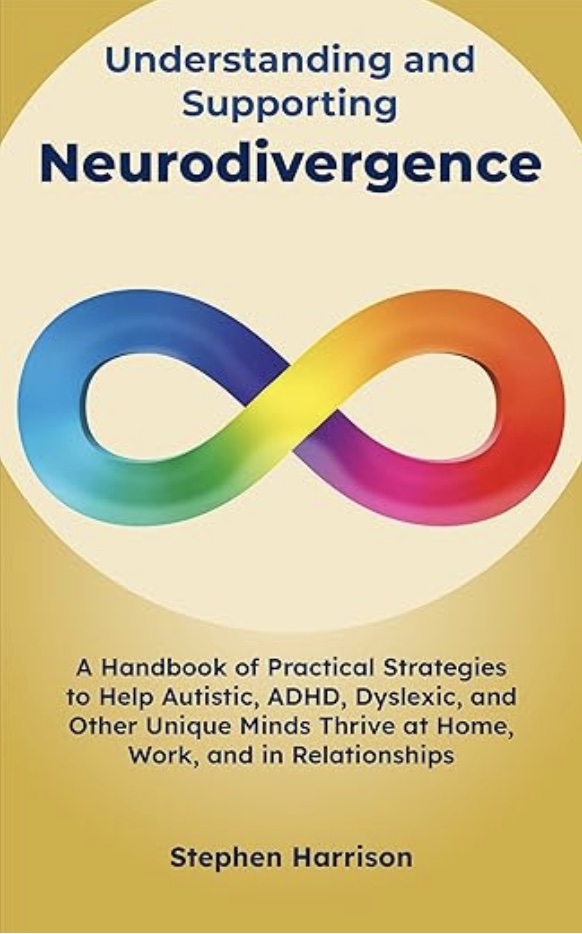Here's a way to help your neurodivergent employees

Are you overlooking your best creative talent?
NEURODIVERGENT EMPLOYEES, such as those suffering from autism, ADHD and dyslexia, make up nearly half of the creative industry’s workforce, but face increasing challenges that hinder their performance at work, according to a new study.
“Neurodiversity can be a superpower for agency and creative industries, but only when it's authentically embraced and supported,” says Nathan Friedman, co-president and chief marketing officer at Understood.org, which conducted the study.
“Creativity, innovation, and complex problem-solving are critical in today's efforts, and these are strengths of neurodivergent individuals. However, our study finds that current practices overvalue speed and real-time performance, while undervaluing divergent thinking.
“Many report ‘self-stigmas’ such as masking, overcompensating, imposter syndrome, and perfectionism at significantly higher rates than their neurotypical counterparts — resulting in burnout and dissatisfaction.”
Neurodivergent thinking can be a creative superpower in a challenged industry
Neurodivergent employees reported their top strengths as problem-solving, connecting the dots, resourcefulness, and thinking outside the box — all widely recognized as hallmarks of creativity. This aligns with published literature that shows neurodivergent minds are uniquely equipped to spot patterns others miss, challenge norms others accept, and invent ideas others wouldn't consider. Yet many neurodivergent employees in the industry feel overlooked and undervalued.
As industry leaders look to find the next disruptive idea amid fewer resources and shrinking attention spans, Understood found that most are overlooking talent who may be most wired for creativity: neurodivergent employees.
Neurodivergent employees are twice as likely to mask at work
Ninety percent of neurodivergent employees report masking — hiding their true selves — and they're twice as likely to mask often compared to neurotypical talent. Many reported masking as a daily necessity and feel the pressure to manage tone, suppress natural movements, and "act normal" in social situations, significantly impacting their mental health.
Further, a staggering 50 percent of neurodivergent employees do not talk about their neurodivergence at work, and at least one in four of them have faced discrimination or bias in their workplace due to their neurodivergence.
A Handbook of Practical Strategies to Help Autistic, ADHD, Dyslexic, and Other Unique Minds Thrive at Home, Work, and in Relationships
The creative industry is designed around neurotypical ways of working
About three in four employees — both neurodivergent and neurotypical — reported feeling "held back" creatively. A consistent finding was that industry practices and expectations around how people communicate, process information, and focus are centered in neurotypical experiences.
_______________________________________________________________________
“Agencies that embrace diverse minds don't just do what's right — they unlock new levels of creativity and innovation and inspire some of the powerful work that our industry creates.”
_________________________________________________________________________
For neurodivergent employees, standard practices like back-to-back meetings, instant messaging, and real-time brainstorms can be overwhelming. Notably, 70 percent of neurodivergent creatives report time management as a challenge, and 55 percent report organization as a challenge. Rigid briefs and reactive timelines were also frequently cited as blockers to creativity. Without adjusting default norms, neurodivergent employees have to work harder just to operate at baseline. As a result, nearly one in three neurodivergent employees are not satisfied in their roles.
"This research underscores the unique challenges neurodivergent creatives face on a daily basis," says Justin Thomas-Copeland, CEO of the 4As. "4As is committed to advocating for all categories of individuals, including neurodivergent talent. Agencies that embrace diverse minds don't just do what's right — they unlock new levels of creativity and innovation and inspire some of the powerful work that our industry creates."
"The future of creativity belongs to those who think, market, and build differently," said Donna Murphy, global CEO of Havas Creative and Health Networks. "Neuroverse: Powered by Havas was built to help close the gap this research exposes, empowering brands to harness neurodivergent talent as a creative catalyst for stronger ideas, deeper connection, and long-term growth."
To view the full report, visit the Understood.org Knowledge Hub. For more information and resources on neurodiversity in the workplace, visit u.org/work.



